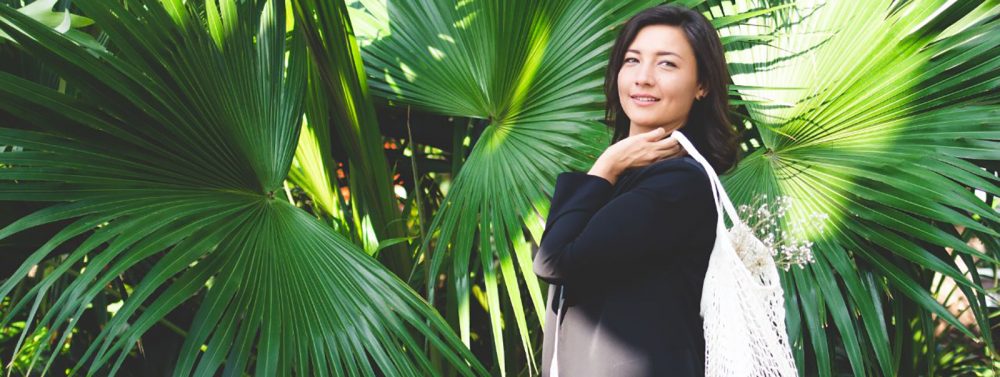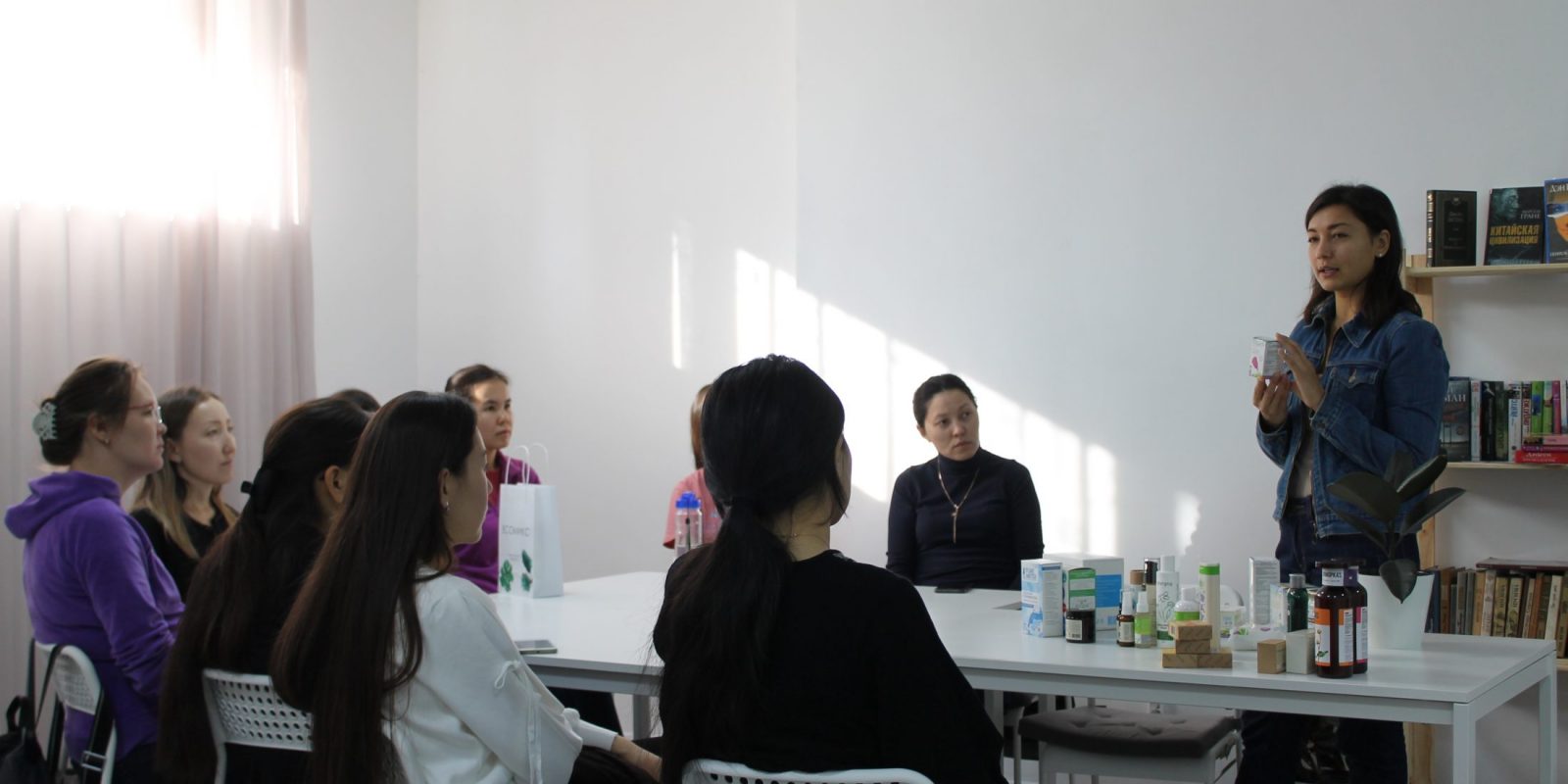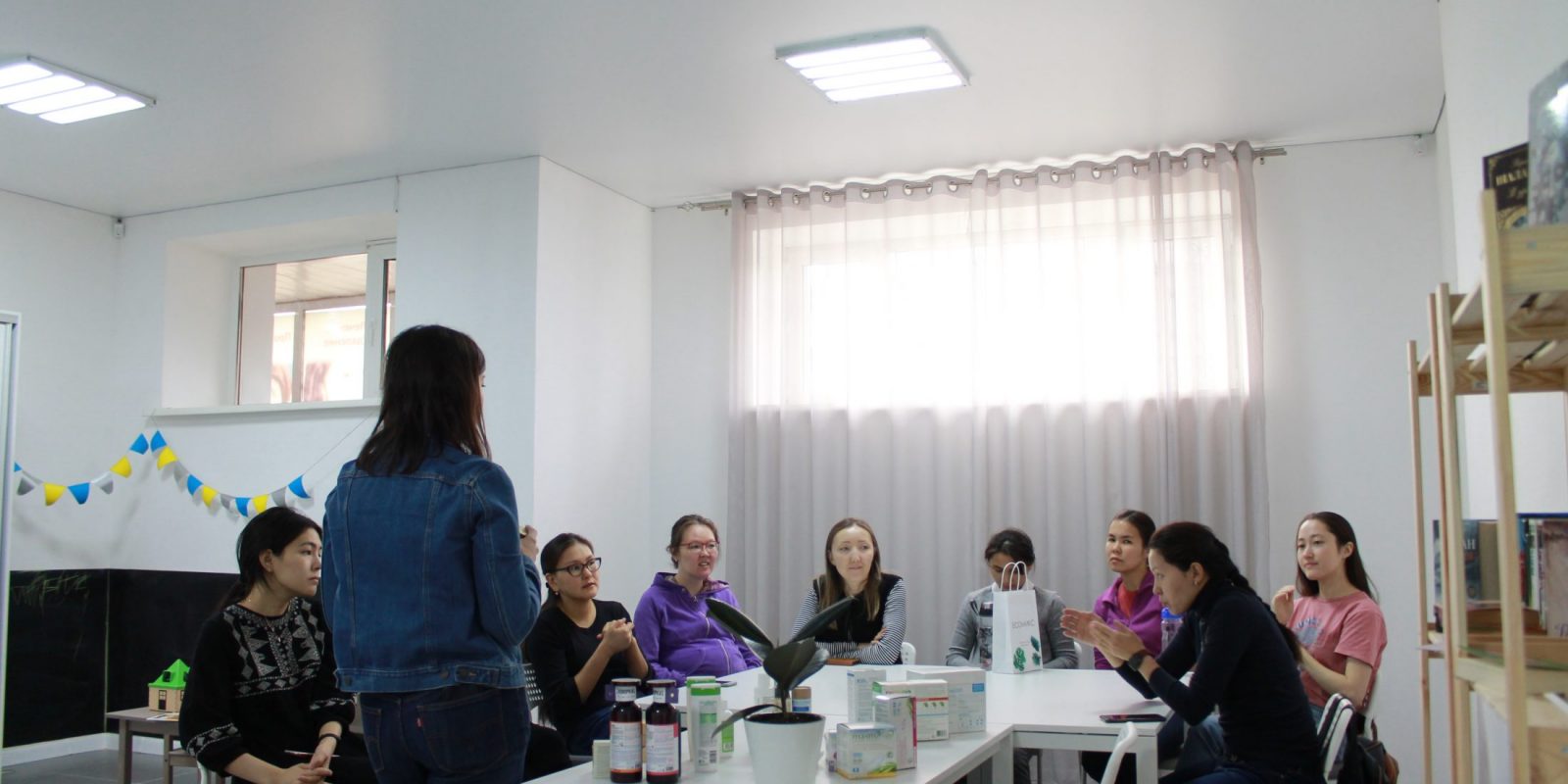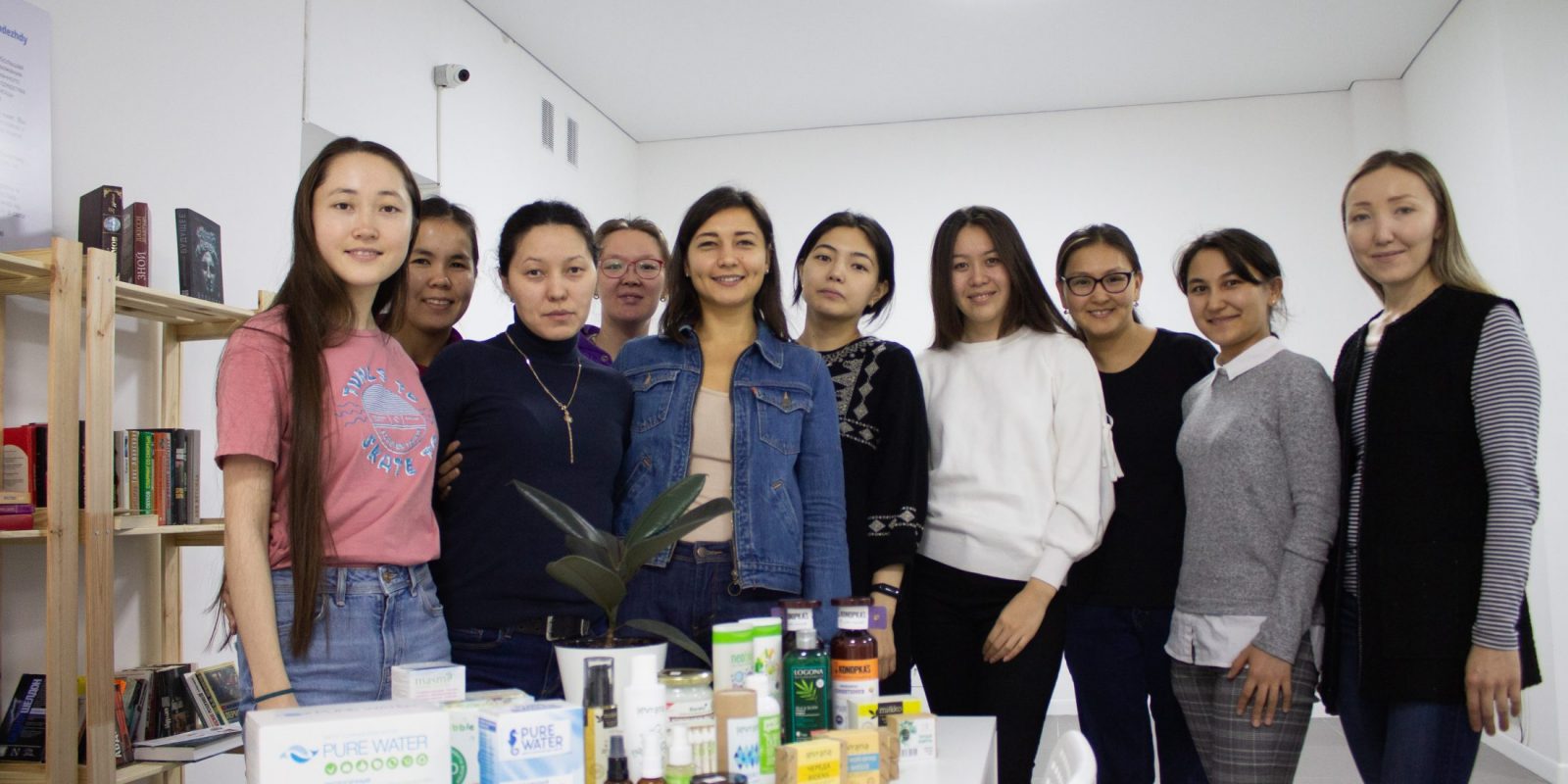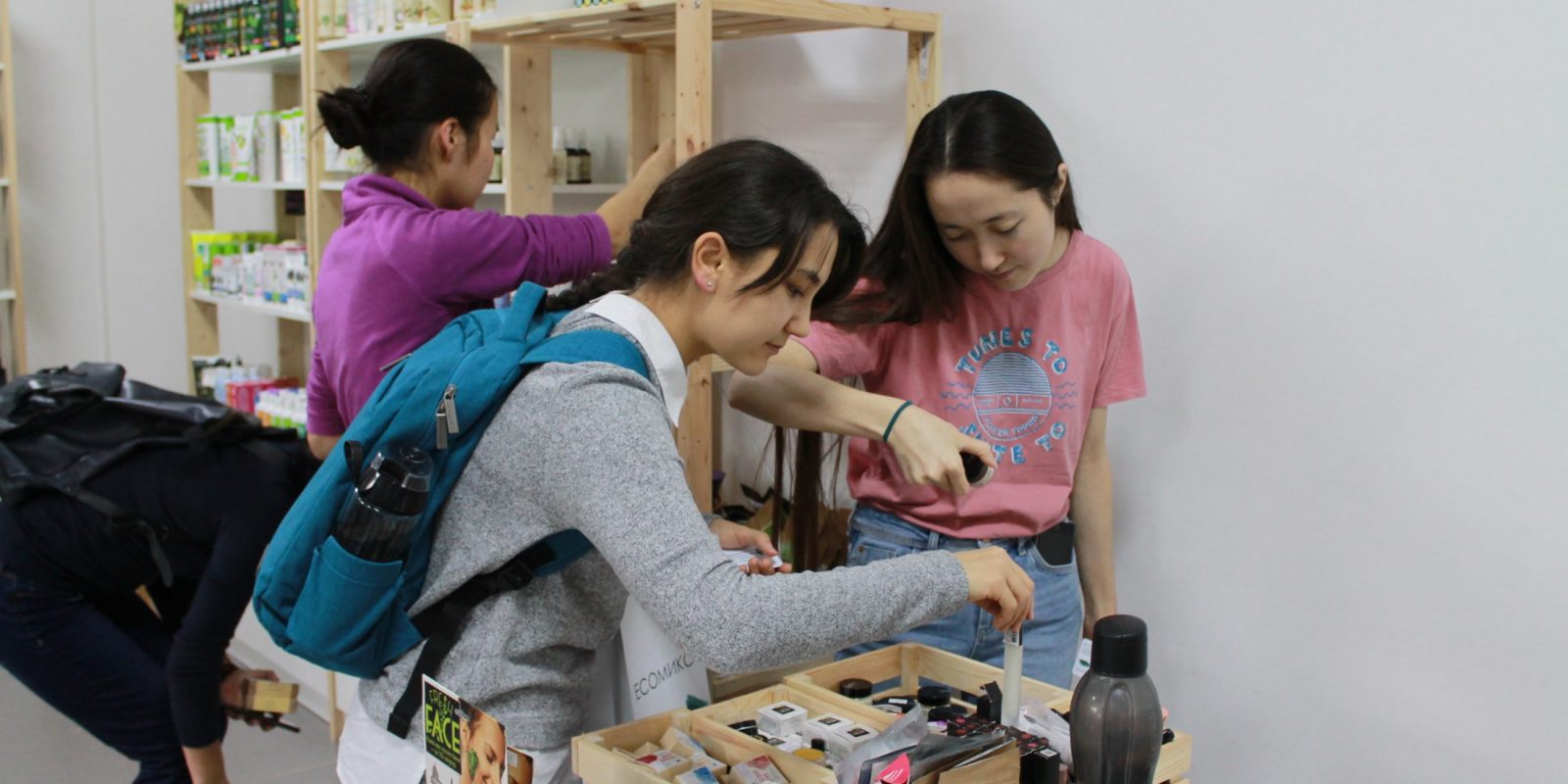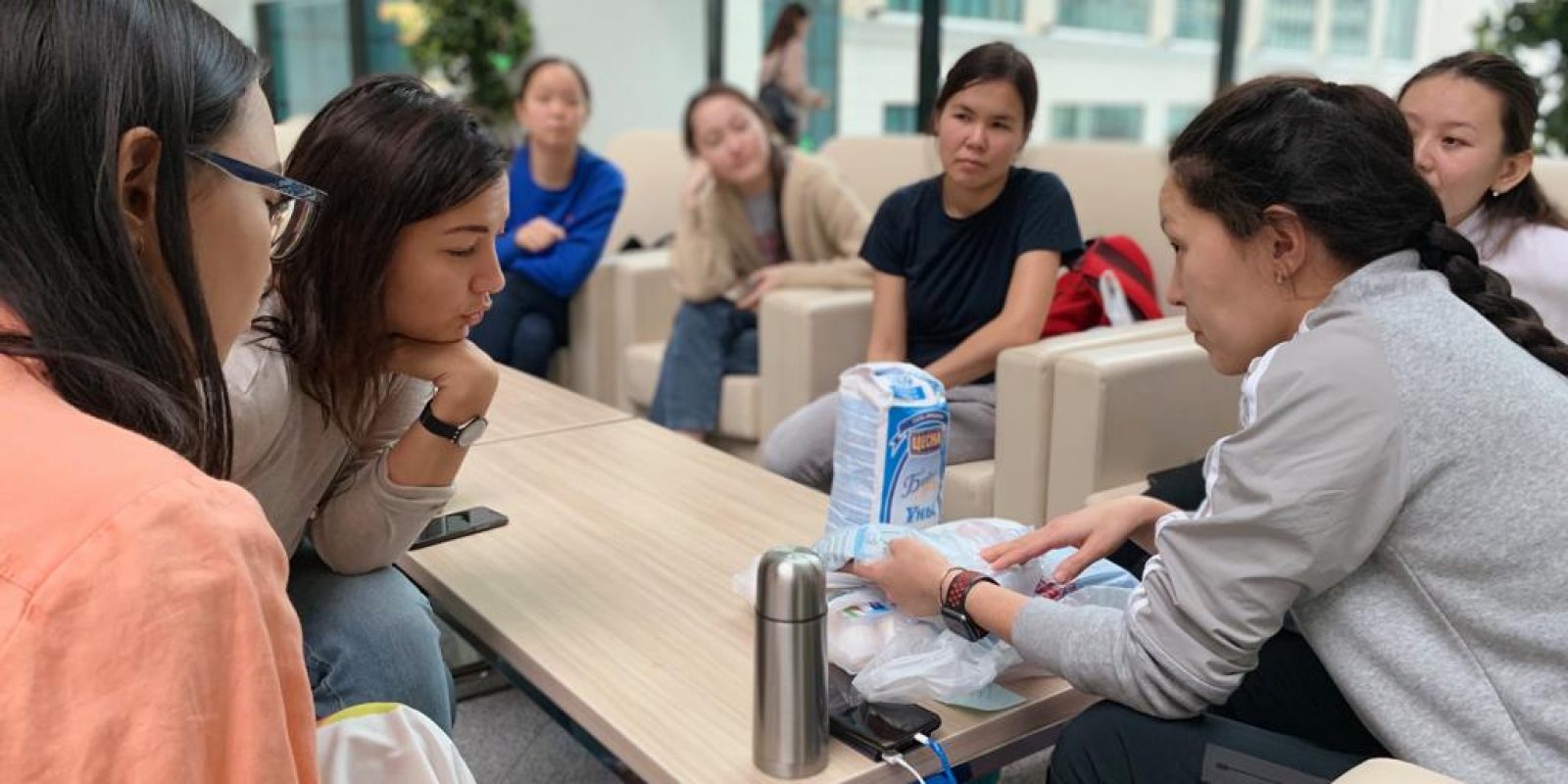About Conscious Consumption and the Rule of Three Rs
Veronika Dashkova, a professional ecologist, PhD candidate in the field of ecology with seven years of experience in environmental research, eco-trainer, a specialist in environmental education, and graduate of the School of Eco-Trainers “Green Driver”, Russia, spoke about conscious consumption and how to live a green way of life.
What is conscious consumption? Why is it important to be a conscious consumer? How does a conscious consumer behave?
Conscious consumption is a type of behavior in which a consumer makes wise use of natural resources in the form of goods and services to satisfy only the necessary needs with care for the environment and his or her health.
Conscious consumption is based on the principles of the three Rs:
Reduce (reduce consuming)
Reuse (reuse and give things a second life)
Recycle
Why is it important to be a conscious consumer?
Every day mankind consumes a huge amount of the Earth’s resources in the form of material goods such as clothes, food, machinery, cosmetics, household goods, etc. Every year, 11 tons of goods (meat, fish, vegetables, fruits, textiles, wood, metals, oil, minerals, rubber, plastic) are produced per person in the world, – says Veronica.
According to the World Wildlife Fund, with today’s consumption, humanity needs 1.7 planet Earths to meet its needs. A UN report on the use of food resources states that about 40% of food produced in the United States is thrown away. In Europe, 100 million tons of food is wasted every year. According to statistics ⅓ of purchased food is discarded. All this garbage accumulates in the landfill, polluting water, soil and air.
How do you act as a conscious buyer?
1. A conscious customer asks questions:
Do I need this purchase?
Will this purchase benefit me or make me happy for a long time?
What is the value for price and quality?
What impact does the purchase have on my health and the state of my environment in the long term?
2. A conscious buyer also chooses environmentally friendly products
There are many eco-products now, at least the signs “eco”, “bio”, “organic” etc. appear on their packages. This is not always true.
Eco-goods are the goods that are safe not only for human health, but also for environment during their life cycle. The life cycle of a good includes extraction of raw materials, production, transportation, use and disposal.
The main criterion for defining an eco-product is eco-labeling, approved by an independent expert commission. Eco-goods can also be identified by the following criteria:
– Natural composition
– Proven brands and suppliers
– Product’s area of production (better if local)
– Product’s seasonality
– Recyclable packaging
3. A conscious purchaser reduces the use of disposable items. For example, instead of using disposable plastic bags, a conscious consumer goes to the store with their reusable bags i.e. eco-bags.
Veronica’s tips for an eco-friendly shopping trip:
- To not shop when hungry
- Have eco-bags or reusable bags, not to take disposable plastic bags
- Make a list and buy only what you need
- Download the Ecolabel Guide app with over 100 ecolabels
- Know the signs of recycling
- Have only the right amount of money, better cash
This year at Nazarbayev University, NU Green Campus together with Veronika Dashkova launched a free author’s training course “Conscious Consumption for Beginners”. The eco-trainer will introduce the basic principles of conscious consumption and provide individuals with all the tools needed to do eco-friendly shopping.
The training program consists of three main modules:
Ecolabels: Key types of existing ecolabels and their importance;
Packaging: the most environmentally friendly packaging and recyclable packaging types;
Ecologist’s Kit: Necessary tools for an eco-friendly shopping trip.
The “Conscious Consumption for Beginners” training course is available for anyone. The next course will start next year, we kindly ask you to follow the information on the website.


